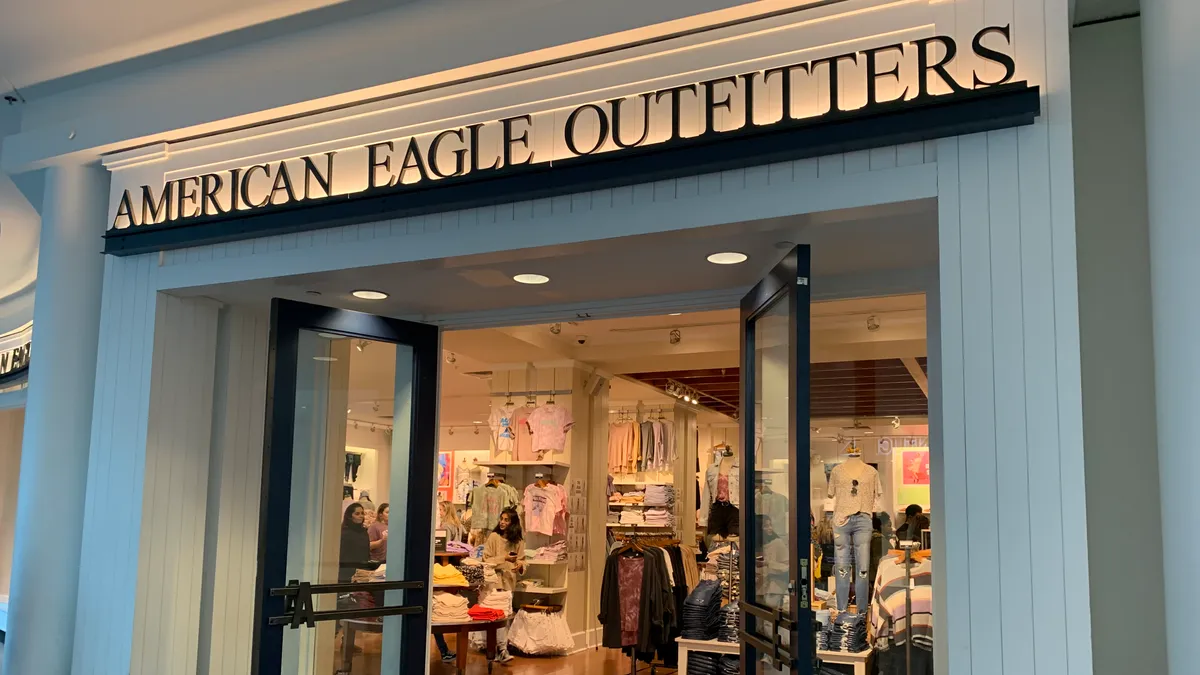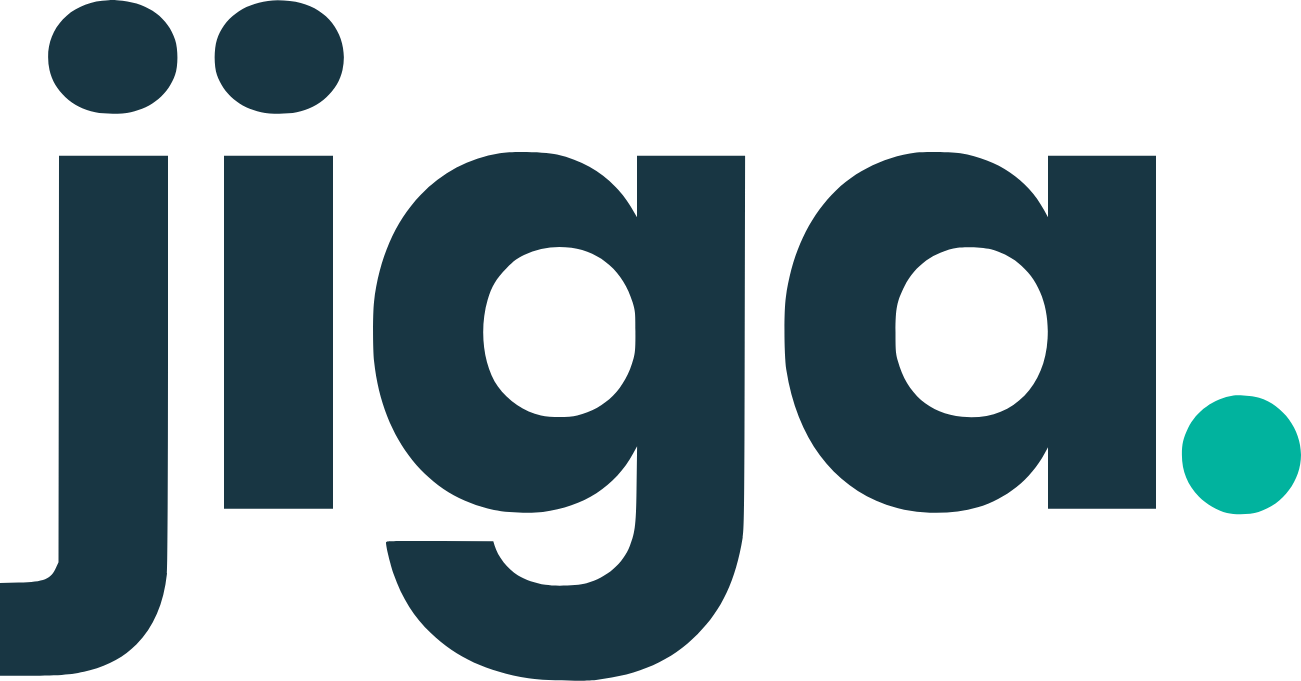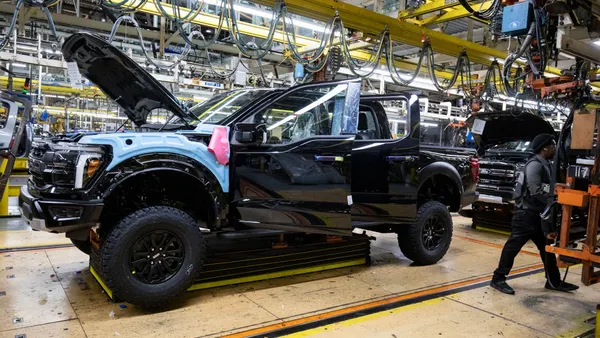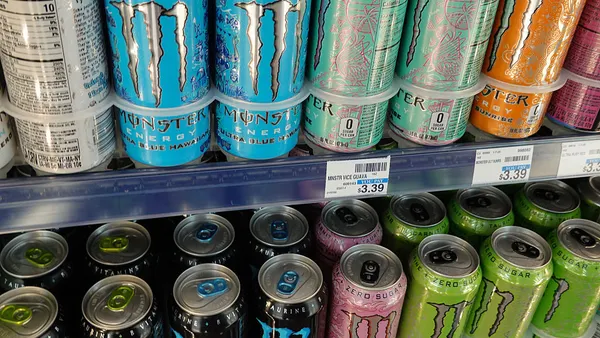Dive Brief:
- American Eagle Outfitters expects to reduce the U.S. tariff impact by more than 60% by early 2026 via several mitigation efforts, company executives said in a Sept. 3 earnings call.
- The company’s strategy involves ongoing price increases, negotiating costs with suppliers, choosing the most cost-effective transport between air and ocean freight, and shifting sourcing away from countries subject to higher U.S. levies, CFO Mike Mathias said.
- "We are using all levers to mitigate tariff increases," Executive Chairman and CEO Jay Schottenstein told investors. “Early efforts have been successful.”
Dive Insight:
American Eagle is one of many retailers and apparel makers employing a multipronged approach to rising duties from the Trump administration. For example, in August, Gap executives said targeted pricing actions and close relationships with suppliers were key to navigating "increased global trade headwinds."
Through its efforts, American Eagle now projects it will incur $70 million in tariff costs during the last half of the current fiscal year ending in late January 2026, Mathias said. Without the mitigation actions, the costs would have been $180 million.
Looking further out, American Eagle estimates that unmitigated tariff costs for the next fiscal year will range from $125 million to $150 million, Mathias said.
The company’s ongoing plans to decrease tariff exposure include reducing the percentage of manufacturing from China to the low single digits in the second half of the year, Mathias said. American Eagle also plans to reduce apparel sourcing in Vietnam, another country facing high U.S. import taxes.
"We have taken action to assure manufacturing options are in place in countries that make the most sense for our business moving forward," Schottenstein said, although he did not provide additional details.
American Eagle partners with apparel manufacturers that operate across more than 20 countries, with the highest concentration in China, Vietnam and India, according to the company's website.
Mathias also said the company is in the midst of a longer-term supply chain network optimization plan. In March 2024, the company announced a three-year strategy to accelerate growth, which included a focus on the supply chain.















